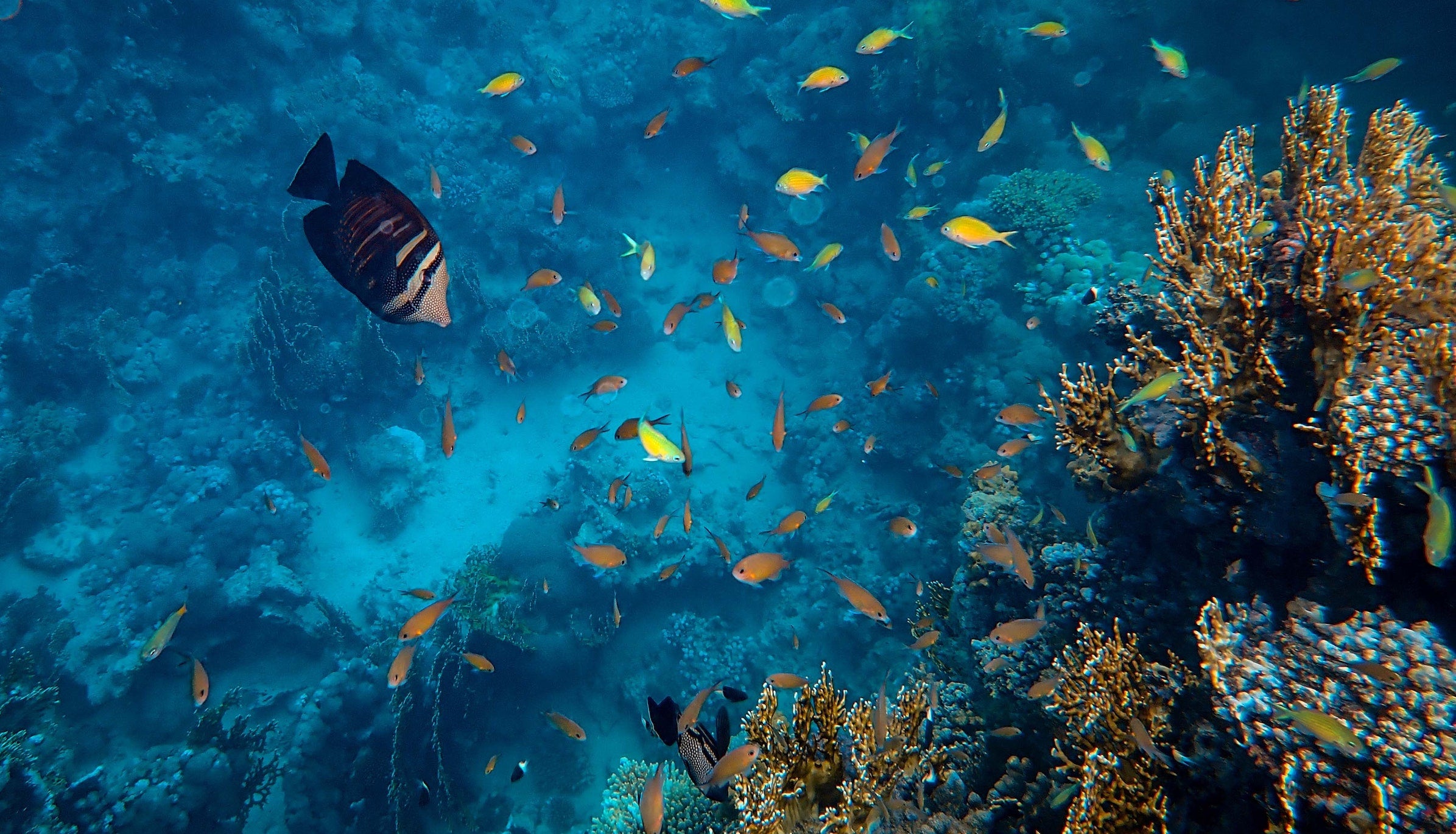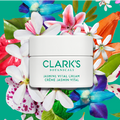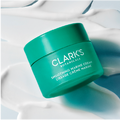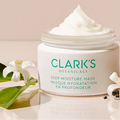
Why is reef safe important?
The U.S. sunscreen market is growing with an impressive ingenuity of products that provide SPF protection. With this increase in product (and usage) comes an increase in concern. There’s a growing body of research dedicated to the environmental impact of sunscreen on marine life and coral reefs. These valuable ecosystems are among the most biologically diverse and productive, Studies continue to indicate that they are under serious threat from a number of factors including some of the chemicals found in many sunscreens. In step with the increase in awareness, there's also a concurrent growth in the number of sunscreen products claiming to be reef safe.
But what is reef safe, really?
Although as of today, there lacks a single formal definition of reef-safe (or reef-friendly) sunscreen. The term generally applies to sunscreens made without oxybenzone or octinoxate, which according to the National Ocean Service, are the main focus of studies in this field of research. In fact, the biggest action to be taken to date in the U.S. insofar as these chemicals are concerned, happened just last year when Hawaii banned the use of sunscreens using those two chemicals.
What safe SPF ingredients should we look for?
The SPF ingredients considered to be most reef-friendly are zinc oxide and titanium dioxide. Categorized as mineral (or physical) sunscreens, these ingredients are effective, gentle and safe. They offer broad-spectrum protection from ultraviolet light and are not likely to harm marine life or human cells and organs. Additionally, these two ingredients are the only two UV filters considered truly safe—both for people and the environment—by the FDA.
Sunscreen ingredients to avoid to protect our oceans
So while science continues to pursue further study into the impacts of SPF chemicals and the environment, what we already know is that coral bleaching is possible, and that’s reason enough to start changing our habits. And the best way to do that is to become familiar with those ingredients that are considered to be the most harmful to marine life.
- Oxybenzone
- Octinoxate
- Octocrylene
- 4-Methylbenzylidene Camphor (also known as Enzacamene)
- 3-Benzylidene Camphor
- Benzophenone-1 and -8
- OD-PABA
- Nano-Titanium Dioxide and Nano-Zinc Oxide*
*While they're a form of approved mineral sunscreens, the smaller the particles, the more they’re able to cause harm to the environment.
Invisible Hero SPF 30 is reef safe
Invisible Hero SPF 30 shows its effectiveness in a myriad of ways. Not only is the mineral sunscreen blocking UV rays, it’s also made with Zinc Oxide, which is safe for marine life.






















Leave a comment
This site is protected by reCAPTCHA and the Google Privacy Policy and Terms of Service apply.